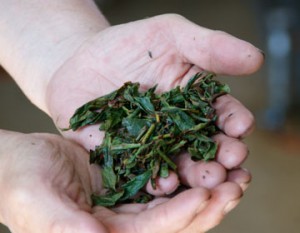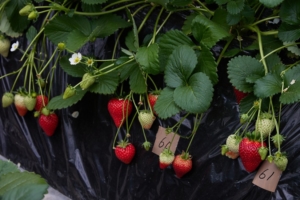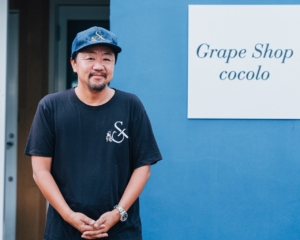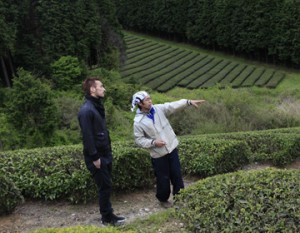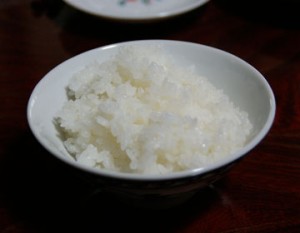Toyohashi City, located in the east of Aichi Prefecture on the border with Shizuoka Prefecture, is one of the leading tomato producing areas in Aichi Prefecture. In addition to the area planted and the amount of tomatoes harvested, the quality of the tomatoes, which are shipped after rigorous checks, has earned a reputation for being of high quality. Mr. Hiroshi Otake, head of the JA Toyohashi Tomato Club, one of the largest groups of greenhouse tomato growers in the Tokai region, showed us how his high-quality tomatoes are cultivated.
Toyohashi is close to the sea and has a mild climate throughout the yea
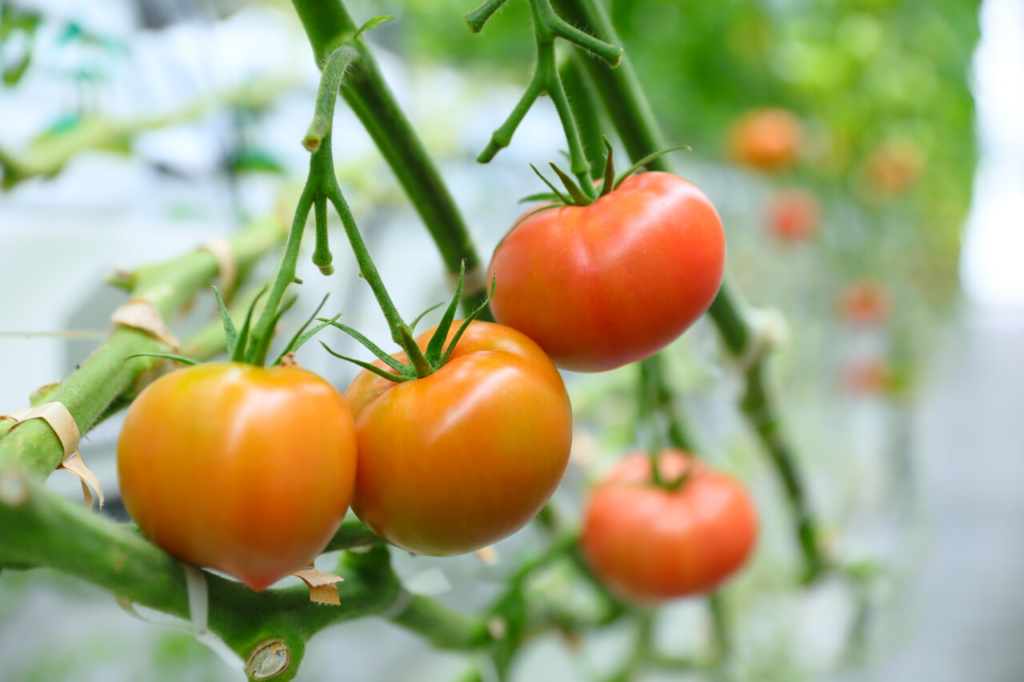
Toyohashi City, located in the eastern part of Aichi Prefecture, is a prosperous area for both open-air and greenhouse farming due to its flat land and relatively mild climate throughout the year. Especially in the southern part of Toyohashi facing the Pacific Ocean, vast farmlands were created during the postwar reconstruction period, and after the Toyokawa water supply opened in 1968, the area developed further as an agricultural area. The city’s agriculture covers about 70 crops, including vegetables, fruit trees, horticulture, and rice cultivation, and the variety and output are among the highest in Japan.
Among the vegetables grown in Toyohashi, tomatoes have seen a dramatic increase in sales thanks to branding by the growers.
One of the largest winter/spring tomato producer organizations in the Tokai region
The JA Toyohashi Tomato Club is one of the largest groups of winter/spring tomato producers in the Tokai region (tomatoes harvested in greenhouses from October to June). In order to meet the needs of consumers who want to purchase high quality, high-sugar tomatoes, the JA Toyohashi Tomato Club recorded pesticide sprays and conducted pesticide residue analysis in order to grow tomatoes that are safe and can be eaten with peace of mind.
In order to allow consumers to choose tomatoes based on sugar content, the company also branded high-sugar tomatoes, naming tomatoes with sugar content of 9 degrees or higher “Rei,” tomatoes with sugar content of 7 degrees or higher “Bi,” and tomatoes with sugar content of 6 degrees or higher “Ai.
In 2009, the company completed a new variety of mini-tomatoes that have become popular in recent years, the “Amaeki” variety, which offers both color variation and taste. The seven colors of colorful mini-tomatoes, including yellow, orange, green, chocolate, claire, claire red, and claire orange, are a delight to the consumer’s eye. The tomatoes are not only colorful, but are also highly sugared, with a sugar content of over 7 degrees, and are described as fruit-like tomatoes. The state-of-the-art glasshouses provide an optimal environment for growing tomatoes by closely controlling temperature, humidity, nutrients, and carbon dioxide levels.
Took over the family business and started farming at the age of 20
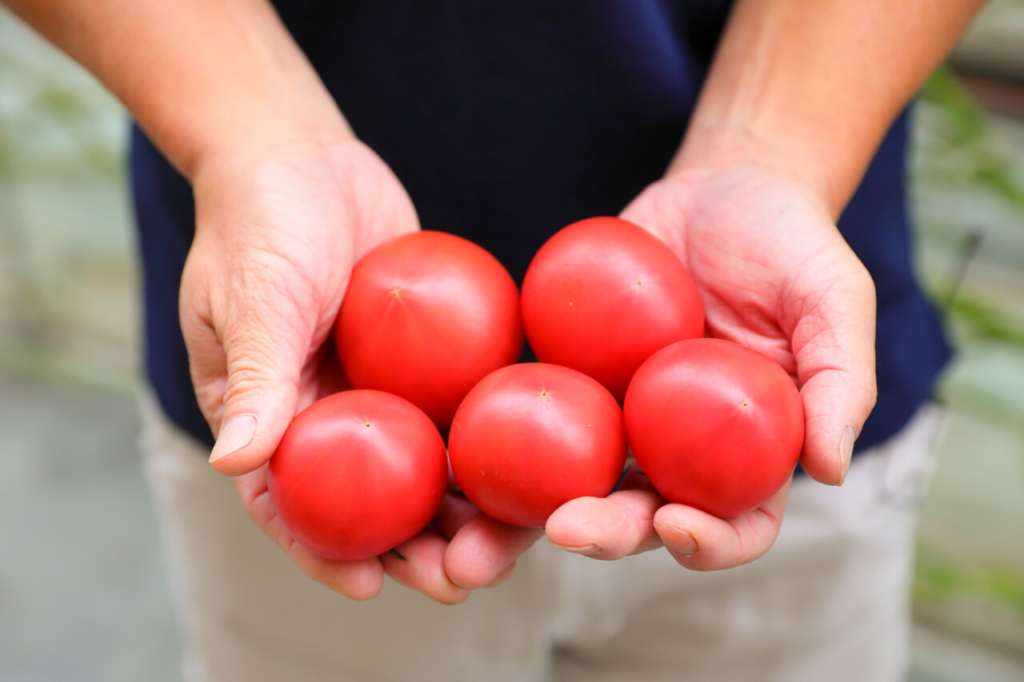
Mr. Otake took over his family’s farming business at the age of 20. The family had been growing melons and watermelons, but sales were declining, so Mr. Otake decided to start growing tomatoes. Tomato cultivation was an unknown world, so he shared information with his colleagues in the same business and worked hard through trial and error. There are more than 300 varieties of tomatoes registered in Japan. Among them, Mr. Otake mainly grows “Momotaro Next,” a large tomato variety that is hardy and can be grown for a long time.
Seeking a balance between quality and size
While high-sugar tomatoes are generally popular these days, Mr. Ohtake aims to cultivate tomatoes that are not only high in sugar content but also have a good balance with yield. Income is proportional to the yield of tomatoes, and yield is proportional to the size of the tomatoes, so a certain amount of size must be secured. However, if we pursue size, the taste will deteriorate. If consumers do not think that Toyohashi’s tomatoes are delicious, we have lost the point,” says Otake.
What kind of tomatoes are in demand today? To find out, Mr. Otake personally went to supermarkets to listen to consumers’ opinions. What he realized was that “tomatoes with high sugar content are in demand. Which variety should be cultivated? This is an issue that plagues Mr. Ohtake’s mind every year.
Sharing know-how and raising the bar for the entire subcommittee
Growers in the same jurisdiction are not rivals but comrades. One of the strengths of the JA Toyohashi Tomato Club growers, including Mr. Otake, is that they share their know-how with each other. It takes many months to grow a tomato from a seedling until it bears fruit, and the challenge can only be attempted once a year. However, 10 people can take on 10 different challenges, so 10 years’ worth of data can be obtained at once. By working together, Mr. Ohtake stresses that the value of the tomatoes they produce can be increased.
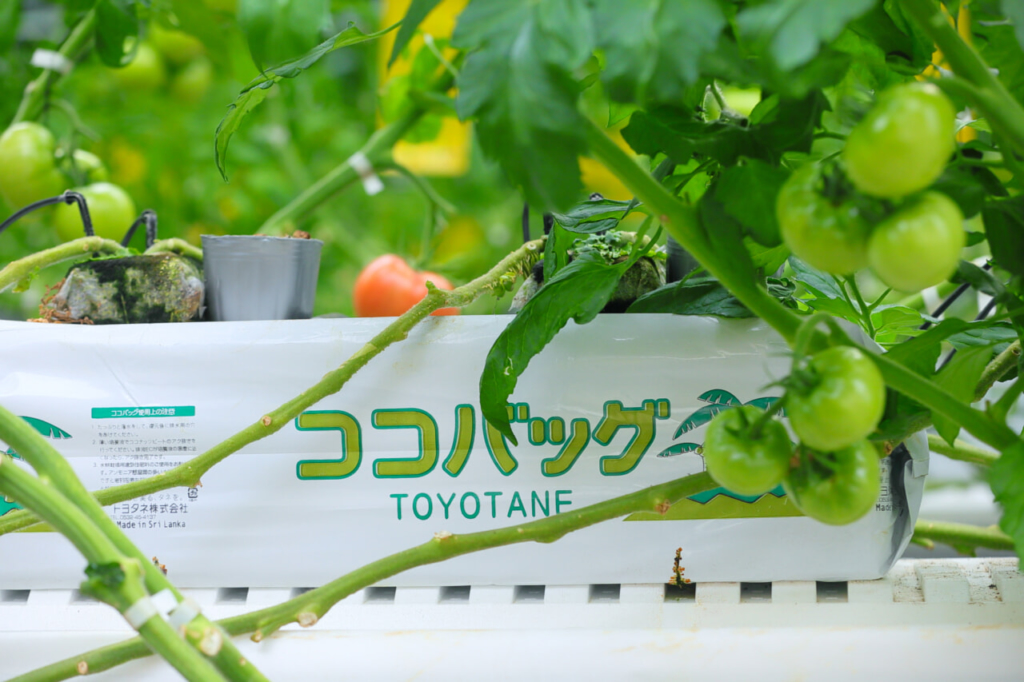
Mr. Ohtake has been growing tomatoes using “coco bags” since 2022. Coco-bag is a material for growing plants made of coconut shell, which replaces soil. It has a well-balanced combination of water retention and drainage properties, making it easy to manage. In previous hydroponic cultivation, fine control of water and fertilizers was possible, but if pathogens developed in the water itself, all tomatoes in the greenhouse would be affected. With the CocoBag, however, the spread of damage can be prevented by replacing the appropriate bag.
The CocoBag is a cube 90 cm long, 18 cm wide, and 5 cm thick. In Mr. Ohtake’s greenhouse, three tomato plants are planted in each CocoBag, for a total of approximately 8,000 tomato plants.
He shares information about this revolutionary isolated cultivation system, the CocoBag, within his section, and now 80% of the growers in the JA Toyohashi Tomato Section have adopted it. If each grower shares what they have learned from their experience, we can expand the yield and sales price of tomatoes in the entire region. Now that we have the problem of a lack of successors, the entire production area needs to cooperate to efficiently grow high quality produce. Mr. Otake thinks so.
Computer-controlled house management
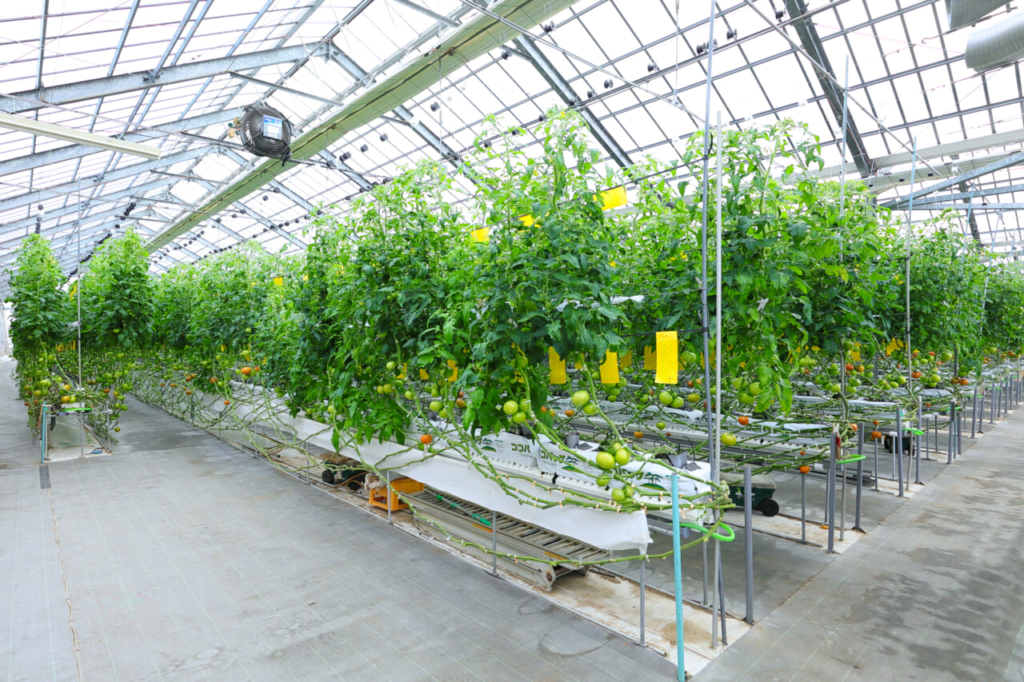
Another notable feature of Mr. Otake’s greenhouses is the long stalks of his tomatoes. If you look closely, you will see that each stem is suspended high by wires. This is a technique called “high-wire cultivation,” which encourages the growth of the stems and increases yield.
Most of the operations, from wire manipulation to moisture control, are controlled by computer. Although the farmers still harvest by hand every day in May, when the harvest is at its peak, they can now open and close the greenhouse windows from their homes, which until then was surprisingly hard work. Mr. Otake laughs, “It’s a lot easier now.
Tomatoes that consumers say are delicious
Even in Toyohashi City, where agriculture is thriving, the number of farmers continues to decline. Mr. Otake attributes this to the fact that “farming has become unprofitable. Although Japan has a reputation for its high level of agricultural technology, its food self-sufficiency rate is at the lowest level compared to other major developed countries, and the amount of agricultural products imported is high even by global standards.
Since it is impossible to compete with inexpensive imported produce in terms of price, Mr. Ohtake believes that the only way to survive is to grow produce that consumers find tasty.
On the other hand, one of the measures he hopes to implement in the future is to process and sell tomatoes that do not meet the standards for size and other characteristics. When we made tomato juice from broken mini-tomatoes and had people taste it at an event, it was well received, with people saying, ‘There is no green tomato smell’ and ‘It’s sweet and tasty. We still have a lot of work to do to sell tomato juice, because we need to maintain a certain level of quality in order to commercialize it, but I hope it will play a role in helping more people learn about the deliciousness of Toyohashi tomatoes. Mr. Otake continues to envision a bright future for Toyohashi tomatoes.





